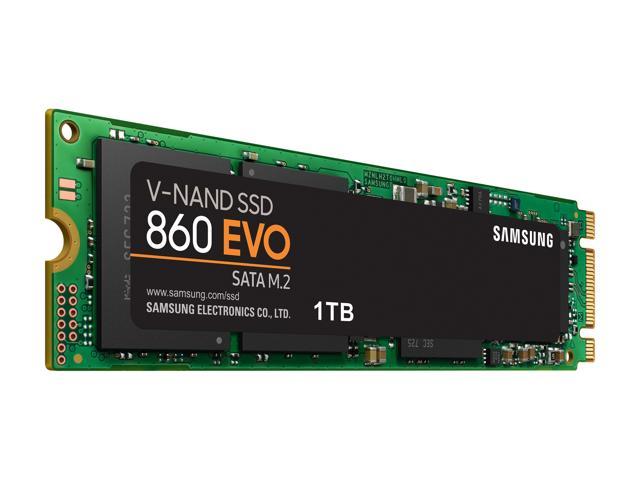As the demand for higher technology continues to rise, tech companies also adapt to evolve the current technology they have. As more activities are done online and digitally, more people look for bigger storage. The trend now is bigger space but smaller in size. There are different kinds of SSDs, but before we go into that, let us first find out what an SSD is. An SSD or solid-state drive is a storage device that does not have moving parts. If you are going to review the specifications of your laptop, you may have encountered the terms” PCIe, NVMe, SATA, and M.2″. These terms refer to SSDs. Majority of the laptops that are in the market nowadays have SSDs. In this article, I am going to differentiate PCIe, NVMe, SATA, and M.2.
SATA SSD
The first generation of SSDs is the Serial Advanced Technology Attachment or SATA SSD. They are five faster than the traditional HDD. The HDD can read 30 to 150 MB per second, while the SSD can read 500 up to 570 MB per second. The SATA variant that laptops usually use is the 2.5-inch SSD. SATA SSDs can start your laptop in 15 seconds and load large games within moments.
NVMe SSD (m,2)
The second generation of SSDs is the NVMe which stands for Nonvolatile Memory express. NVMes can reach greater speed compared to the SATA SSD. This kind of storage drive can reach a read speed of 2.6 GB per second, more or less five times faster than the SATA SSD. This variant is good for you if you constantly use large zip files.
The next part is the connectors. They are still considered as SSDs because they go together with the SATA or NVMe. The stick is like the main SSD (the ones mentioned above), while the M.2 and PCIe are the connectors found at the end of the stick. These connectors are like the parts that connect the body to the slots. To easier understand this, it’s like the flash drives of the USBs and vice versa.
Learn about M.2
Have you ever wondered what is a M.2? The M.2 is the connector of the NVMe SSD. The M.2 connector ensures that the SSD can reach higher reading and writing speed. The speed of this can reach over 2600MB per second. M.2s is one or probably the highest performing SSDs available in the market right now.
What is a PCIe connector?
PCIe connectors can connect video cards on the motherboard. If you do not have an M.2 connector for your NVMe, you can use the PCIe connector. When this connector is used for an NVMe SSD, the difference will only be noticed when you work with files of 50 GB or larger.
A PCIe card with an NVMe SSD is used when a motherboard lacks an M.2 connector. If the motherboard does not have a direct M.2, you’ll see SATA M.2 or NVMe M2, although some laptops have a PCIe NVMe M.2 SSD. This is why you have to check the compatibility of the SSDs and your laptop before buying one. Different SSDs are built for different purposes, though there are some that are better in general; picking an SSD based on your need can save you money.
Everyone is busier now, and the public is looking for something better to upgrade their devices. Faster and more efficient, something that they can easily mount and bring around. The M.2 is the most portable and efficient among the others. This invention is just the stepping stone in creating small storage devices with a bigger capacity.
https://www.coolblue.nl/en/advice/what-type-of-ssd-needed-laptop.html



